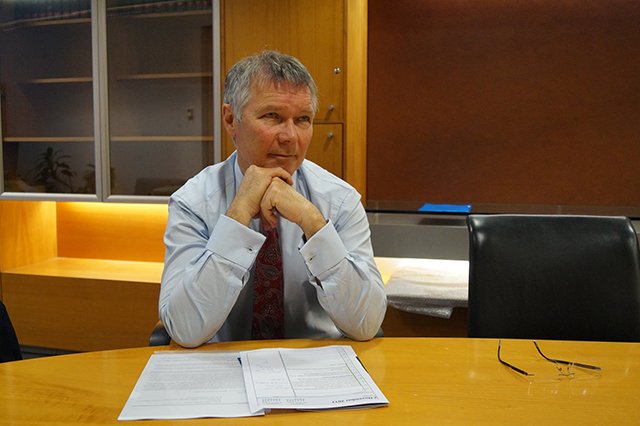By Neal Wallace and BusinessDesk
Proposed changes to the Resource Management Act will shift environmental consent applications from being assessed on effects to being based on outcomes.
Environment Minister David Parker this week introduced a new resource management system he said will better protect the environment, reduce red tape, lower costs and shorten the time for applications to be considered.
But Federated Farmers board member Mark Hooper said he fears the proposed changes shift the focus from sustainable management to a purpose statement that is singularly focused on environmental protection.
This means that not only must resource use avoid impacts on the environment, but it must promote outcomes that benefit the environment and he said this will mean more red tape and bureaucracy.
“Under the proposed new law it will be harder, not easier, for farmers to obtain resource consents,” Hooper said.
Parker proposes replacing the RMA with Natural and Built Environment (NBE) and Spatial Planning documents, which will see more than 100 RMA Plans replaced by 15 regional-level plans across New Zealand.
These will be created by regional planning committees (hapori) to guide land and resource use at a strategic level.
They will have a minimum of six members, of whom two must represent iwi and one central government.
Local councils will then produce and administer operative plans for areas within each region in a manner similar to RMA consenting.
This will allow more permitted activities and faster consenting. Operative plans will be produced in four rather than the current 10 years.
Parker said the most significant change to environment protection will be a shift from an effects-based approach to one based on outcomes.
“Put simply, an effects-based approach often saw many small adverse effects accumulate into significant environmental degradation – most notably with water quality and loss of biodiversity and topsoil.”
The build environments law will set limits to maintain current environmental levels and targets where degradation needs to be restored, he said.
Allocations will be determined on the basis of economic efficiency, fairness, sustainability and value of improvements, but not land value.
Water right renewals will be easier, but renewal periods will be shorter than the current 35 years.
Water passing through hydro schemes will be exempt from allocation.
The built environments law would be more akin to the RMA, in that it deals with the localised assessment and decision-making on individual resource consent applications.
Because these applications will need to be for activities that are allowed for in a particular place by the regional spatial strategy, more activities will be permitted and not need a consent, and others should be easier to consent.
All existing national policy statements and national environmental standards created under the RMA will be carried forward.
Agriculture Minister Damien O’Connor said the current system takes too long, costs too much and does not adequately provide for development nor manage cumulative environmental effects.
“The new system aims to reduce reliance on consenting and have clearer directions in plans for different parts of New Zealand on what is permitted and prohibited.”
He urged those in rural communities to make submissions to the Select Committee on the proposed changes.
National’s spokesperson on housing and infrastructure and acting environment spokesperson Chris Bishop said the new bills add more bureaucracy, complexity and introduce significant legal uncertainty.
“More centralisation, bureaucracy and control is not the answer. We need to make it easier for Kiwis to get things done,” Bishop said.
“That means giving New Zealanders the certainty as to what they can and can’t do on their land and reducing the need for the bureaucratic rigmarole we have at the moment and the ability for planners to hold up legitimate development.”










